Home>diy>Building & Construction>What Temperature Do Construction Workers Stop Working
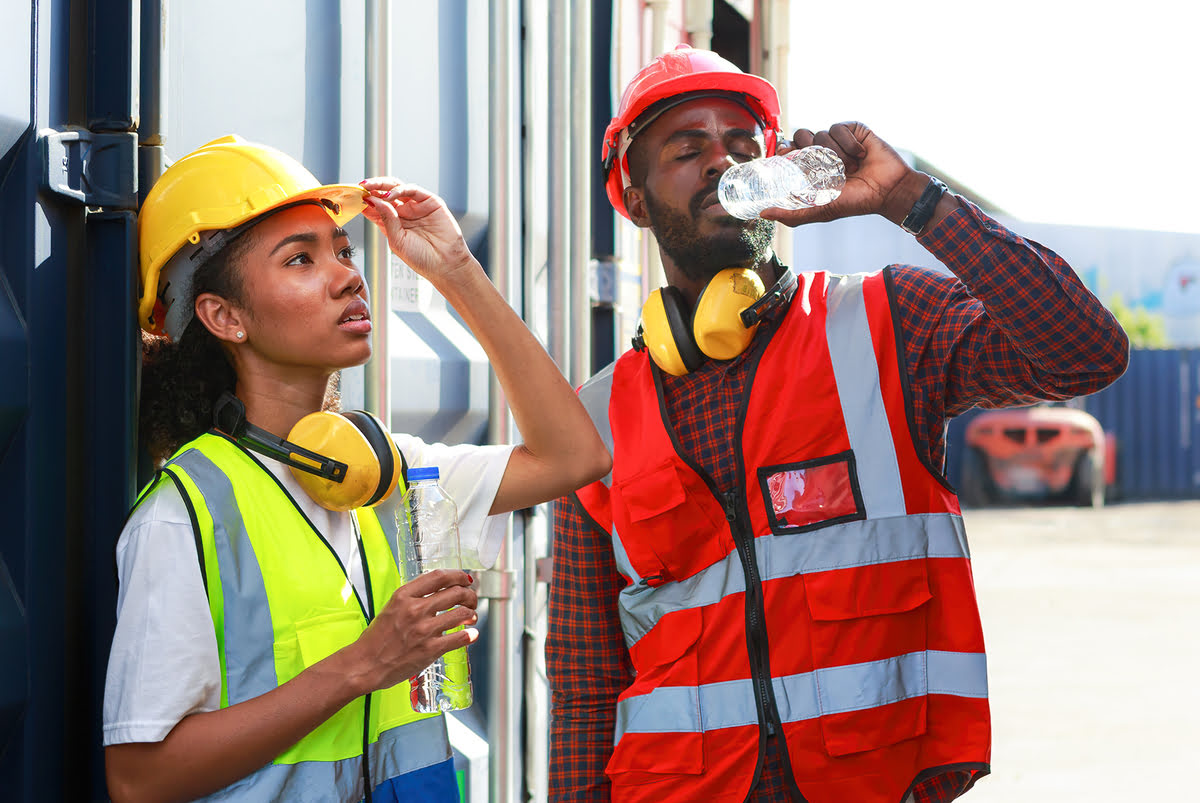

Building & Construction
What Temperature Do Construction Workers Stop Working
Modified: December 7, 2023
Discover the optimal temperature for building construction workers to halt work and prioritize their safety. Stay informed and ensure a conducive working environment.
(Many of the links in this article redirect to a specific reviewed product. Your purchase of these products through affiliate links helps to generate commission for Storables.com, at no extra cost. Learn more)
Introduction
Construction work is a vital and demanding industry that requires optimal working conditions for its workers. The comfort and safety of construction workers are of utmost importance in order to ensure smooth operations and minimize the risk of accidents and injuries. One key factor that significantly affects the comfort levels of construction workers is the temperature of their work environment.
Extreme temperatures, whether hot or cold, can pose serious challenges to construction workers. Conditions such as high heat and humidity, or extreme cold and wind chill, can not only make the work physically and mentally exhausting but also increase the risk of health hazards. Therefore, it is essential to understand the impact of temperature on construction workers and implement appropriate measures to safeguard their well-being.
In this article, we will delve into the various factors that affect the comfort of construction workers, examine the effects of extreme temperatures on their health and safety, explore the regulations and guidelines for working in such conditions, discuss the temperature limits for outdoor construction work, and outline strategies to combat extreme temperatures on construction sites.
By highlighting the importance of providing optimal working conditions for construction workers, we aim to emphasize the need for proactive measures to ensure their well-being and productivity. Whether it’s combating sweltering summer heat or braving freezing winter temperatures, construction workers deserve a safe and comfortable environment to perform their jobs efficiently.
Key Takeaways:
- Extreme temperatures significantly impact construction workers’ comfort, health, and safety. Adequate hydration, protective measures, and compliance with regulations are crucial for ensuring their well-being and productivity in hot and cold weather conditions.
- Employers must prioritize worker safety by providing proper PPE, warm break areas, and regular breaks in extreme temperatures. Understanding and mitigating the effects of temperature on workers’ health is essential for creating a safe and conducive working environment.
Read more: What Do Construction Workers Wear
Factors Affecting Construction Workers’ Comfort
Several factors can impact the comfort levels of construction workers, making it essential to address these factors for their well-being and productivity. Let’s explore some of the key factors:
- Temperature: The temperature of the work environment is one of the primary factors affecting construction workers’ comfort. Extreme temperatures, whether hot or cold, can have a significant impact on their physical and mental well-being. It is crucial to maintain a comfortable temperature range to ensure their safety and performance.
- Humidity: Humidity levels can greatly affect the perceived temperature and comfort of construction workers. High humidity can make hot weather feel even more oppressive, while low humidity can cause discomfort and dryness in cold weather. Proper management of humidity levels is essential to ensure worker comfort and well-being.
- Wind: Wind speed and direction can also impact the comfort of construction workers. Strong gusts of wind can exacerbate the effects of extreme temperatures by increasing heat loss in cold weather or increasing heat stress in hot weather. Proper windbreakers and shelter should be provided to minimize the impact of wind on worker comfort.
- Sunlight: Exposure to direct sunlight for long periods can lead to increased heat stress and the risk of sunburn or heat-related illnesses. Providing shaded areas, personal protective equipment (PPE) that provides sun protection, and encouraging the use of sunscreen can help mitigate these risks and enhance worker comfort.
- Ventilation: Proper ventilation is crucial for maintaining a comfortable work environment. Good air circulation helps regulate temperature and reduce the build-up of pollutants, dust, and fumes that can negatively impact worker comfort and respiratory health.
- Noise and vibration: Construction sites can be noisy and vibrational, which can contribute to worker stress and discomfort. Excessive noise levels or prolonged exposure to vibrations can lead to hearing loss, fatigue, and other health issues. Implementing measures to minimize noise and vibration, such as the use of proper machinery and personal protective equipment, is vital for ensuring worker comfort.
By addressing these factors, construction companies can create a more comfortable and conducive working environment for their workers. It not only improves their comfort and well-being but also enhances productivity and reduces the risk of accidents and health issues on construction sites.
Effects of Temperature on Construction Workers’ Health and Safety
The temperature of the work environment can have significant effects on the health and safety of construction workers. Let’s explore how extreme temperatures can impact them:
- Heat-related illnesses: Working in hot and humid conditions can lead to various heat-related illnesses such as heat exhaustion, heatstroke, and dehydration. These conditions can manifest as dizziness, fatigue, headache, nausea, and even fainting. If left untreated, heat-related illnesses can be life-threatening. Maintaining a safe temperature range and implementing measures to combat heat stress are crucial to prevent such illnesses and ensure the well-being of workers.
- Cold-related injuries: In cold weather, construction workers are at risk of experiencing cold-related injuries such as frostbite and hypothermia. Exposing the body to extremely cold temperatures for prolonged periods can cause tissue damage and lead to serious health complications. Proper insulation, protective clothing, and regular breaks in heated areas are essential to prevent cold-related injuries and maintain worker safety.
- Reduced concentration and cognitive function: Extreme temperatures can impair cognitive function and reduce a worker’s ability to concentrate, react quickly, and make sound judgments. High heat can cause fatigue, while extreme cold can lead to decreased dexterity and slower reaction times. These impairments increase the risk of accidents and injuries on construction sites.
- Decreased productivity: Uncomfortable working conditions due to extreme temperatures can significantly impact worker productivity. Heat stress can cause fatigue and decrease physical performance, while extreme cold can affect manual dexterity and slow down work processes. Providing a comfortable work environment helps maintain worker morale and productivity.
- Risk of accidents and injuries: Workers who are uncomfortable due to extreme temperatures are more prone to accidents and injuries. Heat-related illnesses can cause dizziness and fainting, increasing the risk of falls and other accidents. Cold temperatures can affect grip strength and coordination, making it more challenging to handle tools and equipment safely.
- Mental health impact: Working in extreme temperatures for prolonged periods can also have a negative impact on the mental health of construction workers. It can lead to increased stress levels, irritability, and decreased job satisfaction. Prioritizing worker comfort and well-being can contribute to better mental health and overall job satisfaction.
Understanding and mitigating these effects is vital to ensuring the health and safety of construction workers. By implementing appropriate measures and guidelines, construction companies can protect their workers from temperature-related illnesses and injuries, improve productivity, and create a safer working environment.
Regulations and Guidelines for Working in Extreme Temperatures
Regulations and guidelines have been established to protect the health and safety of construction workers when working in extreme temperatures. These regulations provide a framework for employers to ensure the well-being of their workers. Here are some of the key regulations and guidelines:
- Occupational Safety and Health Administration (OSHA) standards: OSHA, a regulatory body in the United States, has specific standards for protecting workers from the hazards of extreme temperatures. These standards include requirements for providing access to water, rest breaks, and shaded areas in hot weather. Employers must also implement measures to prevent heat stress, such as acclimatization programs and training workers on recognizing and preventing heat-related illnesses.
- National Institute for Occupational Safety and Health (NIOSH) recommendations: NIOSH provides recommendations for employers and workers to reduce the risks associated with working in hot environments. These recommendations include guidelines on heat stress management, hydration, rest breaks, and personal protective equipment.
- Construction Industry Standards: Many countries have specific construction industry standards that address working in extreme temperatures. These standards define temperature limits, protective measures, and required clothing for different temperature ranges. Employers and workers must adhere to these standards to ensure a safe working environment.
- Collective Bargaining Agreements: In some cases, construction workers may be covered by collective bargaining agreements that address working conditions, including extreme temperatures. These agreements typically include provisions for temperature limits, breaks, and the provision of appropriate protective equipment and clothing.
- Company Policies: Many construction companies have their own policies and guidelines for working in extreme temperatures. These policies may exceed regulatory requirements and are designed to promote worker safety and well-being. Employers should ensure that workers are aware of these policies and consistently comply with them.
It is vital for employers to familiarize themselves with relevant regulations and guidelines and ensure compliance. By doing so, they are not only protecting the health and safety of their workers but also mitigating legal risks and promoting a positive work environment.
Additionally, employers should regularly assess and monitor the temperature and weather conditions on construction sites. This enables them to take necessary measures to ensure worker safety and comfort, such as adjusting work schedules, providing additional breaks, and implementing additional protective measures based on the conditions.
By following these regulations and guidelines, employers and workers can collectively create an environment that prioritizes worker safety and ensures their well-being when working in extreme temperatures.
Temperature Limits for Outdoor Construction Work
Outdoor construction work is subject to certain temperature limits to ensure the safety and well-being of construction workers. These temperature limits vary by region and are typically defined by regulatory bodies and industry standards. Here are some general guidelines regarding temperature limits for outdoor construction work:
- High Temperature Limits: When it comes to working in high temperatures, guidelines typically recommend implementing measures to protect workers when the temperature exceeds a certain threshold. In many cases, this threshold is around 90°F (32°C) or higher. At these temperatures, employers are advised to provide shaded areas for rest breaks, ensure access to cool drinking water, encourage frequent hydration, and consider adjusting work schedules to minimize exposure to the hottest part of the day. Employers should also conduct regular heat stress assessments and monitor workers for signs of heat-related illnesses.
- Low Temperature Limits: Similarly, there are also temperature limits in place for working in cold temperatures. These limits are typically defined based on the combination of temperature and wind chill. For example, if the temperature falls below a specified threshold (often around 32°F or 0°C), combined with a significant wind chill factor, work should be suspended or additional precautions should be taken. Employers are advised to provide appropriate protective clothing and equipment to ensure worker comfort and prevent cold-related injuries. They should also provide warm areas for breaks and regularly monitor workers for signs of cold stress.
- Extreme Weather Conditions: In addition to temperature limits, outdoor construction work may also be impacted by extreme weather conditions such as storms, heavy rain, or high winds. In such situations, it is crucial to suspend work and ensure the safety of workers until the conditions improve. Employers should establish emergency response plans, provide appropriate training, and have clear communication channels to monitor and respond to changing weather conditions.
- Flexibility and Adaptability: It is worth noting that temperature limits should serve as a general guideline, but each construction site and situation may have unique factors that require additional precautions. Employers should regularly assess the specific conditions of the work site, considering factors such as humidity, physical exertion, and duration of exposure to determine the appropriate temperature limits and protective measures for their workers.
By adhering to temperature limits for outdoor construction work, employers can minimize the risk of heat-related illnesses and cold-related injuries, create a safe working environment, and promote the health and well-being of their workers.
Construction workers should stop working when the temperature reaches 90°F (32°C) to prevent heat-related illnesses. It’s important to take regular breaks, stay hydrated, and wear light, breathable clothing.
Strategies to Combat Extreme Temperatures on Construction Sites
Combatting extreme temperatures on construction sites is crucial to ensure the comfort, safety, and well-being of workers. Here are some effective strategies to help mitigate the impact of extreme temperatures:
- Provide Adequate Personal Protective Equipment (PPE): Proper PPE is essential in protecting workers from extreme temperatures. For hot weather, lightweight and breathable clothing, wide-brimmed hats, and sunscreen should be provided. In cold weather, insulated clothing, gloves, hats, and warm footwear are necessary to keep workers warm and protected.
- Implement Work Schedule Adjustments: Scheduling work during cooler times of the day can help minimize the exposure to extreme temperatures. In hot weather, starting work earlier in the morning or working in the late afternoon can reduce the risk of heat-related illnesses. In cold weather, scheduling work during daylight hours and taking advantage of slightly warmer periods can help improve worker comfort.
- Create Shaded Areas and Breaks: Providing shaded areas for rest breaks allows workers to escape direct sunlight and hot temperatures. These breaks give them an opportunity to rest, rehydrate, and cool down. In cold weather, designated warm areas for breaks are crucial to allow workers to warm up and prevent cold-related injuries.
- Encourage Hydration: Proper hydration is essential for workers to stay safe and healthy in extreme temperatures. Employers should provide access to cool drinking water on-site and encourage workers to hydrate regularly. Educational programs can be implemented to raise awareness about the importance of hydration and signs of dehydration.
- Monitor Workers’ Health: Regular monitoring of workers’ health and well-being is crucial in extreme temperatures. Supervisors or designated personnel should be trained to recognize the signs of heat-related illnesses and cold-related injuries. Encouraging workers to report any symptoms promptly and creating an open dialogue about their health is important for early intervention and prevention.
- Improve Ventilation and Airflow: Good ventilation and airflow help regulate temperatures and reduce the risk of heat stress. Employers should ensure proper airflow through the use of fans, ventilation systems, and natural air circulation. In hot weather, avoiding stagnant areas and directing airflow to work zones can help keep workers comfortable.
- Training and Education: Proper training and education are vital to ensure that workers understand the risks associated with extreme temperatures and how to protect themselves. Training should cover topics such as recognizing signs of heat-related illnesses and cold-related injuries, proper use of PPE, and the importance of following safety guidelines and regulations.
- Regular Site Inspections and Risk Assessments: Conducting regular inspections and risk assessments allows employers to identify potential hazards related to extreme temperatures. This helps implement preventive measures, address issues promptly, and continuously improve the working conditions on construction sites.
By implementing these strategies, construction companies can create a safer and more comfortable work environment for their workers, ultimately improving productivity, reducing the risk of injuries and illnesses, and fostering a positive work culture.
Importance of Adequate Hydration and Breaks in Hot Weather
Working in hot weather poses significant risks to construction workers, making adequate hydration and breaks crucial for their health and well-being. Here’s why maintaining hydration and taking regular breaks are so important:
- Prevention of Heat-Related Illnesses: Hot weather can lead to heat-related illnesses such as heat stroke, heat exhaustion, and dehydration. Adequate hydration is essential in preventing these illnesses and maintaining body temperature within safe limits. Drinking plenty of water helps replenish lost fluids through sweat and prevent dehydration, which can cause symptoms such as dizziness, fatigue, cramps, and in severe cases, organ failure.
- Regulation of Body Temperature: Hydration is vital for regulating body temperature in hot weather. When workers become dehydrated, their bodies struggle to dissipate heat through sweating, which increases the risk of overheating. By staying hydrated, workers can facilitate the cooling process through sweating, helping to prevent heat stress and related illnesses.
- Improved Physical Performance: Proper hydration enhances physical performance and overall well-being. Dehydration can lead to a decrease in energy levels, concentration, and physical stamina, affecting productivity and increasing the risk of accidents. By staying adequately hydrated, workers can maintain their energy levels, focus, and productivity throughout the workday.
- Prevention of Fatigue and Heat Exhaustion: Hot weather can cause fatigue and heat exhaustion, leading to decreased alertness, poor decision-making, and impaired judgment. Taking regular breaks allows workers to rest, cool down, and recharge. These breaks provide an opportunity to seek shade, hydrate, and recover from the heat, reducing the risk of fatigue-related errors and accidents.
- Promotion of Overall Well-being and Morale: Adequate hydration and breaks in hot weather contribute to the overall well-being and morale of workers. When workers feel cared for and supported in managing the challenges of working in hot weather, it fosters a positive work environment, boosts morale, and enhances job satisfaction. This, in turn, can positively impact productivity and teamwork on construction sites.
Employers play a critical role in ensuring that workers have access to cool drinking water and encouraging them to stay properly hydrated. It is important to educate workers about the signs of dehydration and heat-related illnesses and emphasize the importance of frequent hydration. Additionally, employers should provide shaded rest areas and schedule regular breaks during hot weather to allow workers to recuperate and cool down.
By prioritizing adequate hydration and breaks in hot weather, employers can protect the health and well-being of their workers, improve productivity, reduce the risk of heat-related illnesses, and create a safer and more comfortable working environment on construction sites.
Protective Measures for Cold Weather Construction Work
Cold weather construction work poses unique challenges and risks to workers. Implementing protective measures is essential to ensure their safety and well-being. Here are some important measures to consider for cold weather construction work:
- Proper Clothing and Layering: Workers should be provided with appropriate clothing for cold weather conditions. This includes insulating and moisture-wicking layers, thermal underwear, insulated jackets, hats, gloves, and warm footwear. Layering clothing allows workers to adjust their attire based on their activity level and the temperature changes throughout the day.
- Head and Face Protection: Cold weather can lead to frostbite and other face-related injuries. Providing workers with appropriate head and face protection, such as insulated hats, face masks, and goggles, can help prevent exposure to cold air and wind, reducing the risk of frostbite and other cold-related injuries.
- Hand and Foot Protection: Hands and feet are particularly susceptible to cold-related injuries. Workers should wear insulated gloves and waterproof boots with proper insulation. Employers should ensure that these protective items allow for dexterity and fit securely to maintain blood circulation while keeping extremities warm.
- Warm Break Areas: Designated warm break areas are essential for workers to warm up and recover from exposure to cold temperatures. These areas should be equipped with heating equipment, seating, and hot beverages to help workers regulate their body temperature and ensure their comfort during breaks.
- Regular Breaks: Cold weather work can be physically demanding, and taking regular breaks is crucial to prevent excessive fatigue and conserve body heat. Employers should schedule frequent rest breaks to allow workers to rest, warm up, rehydrate, and maintain their energy levels. Extra attention should be given to workers working in extreme cold conditions.
- Emergency Preparedness: Employers should have comprehensive emergency plans in place for cold weather construction work. This includes training workers on how to recognize and respond to cold-related injuries, providing first aid supplies, and having communication systems in place to quickly respond to any emergencies or changes in weather conditions.
- Education and Training: Proper education and training are vital for workers to understand the risks associated with cold weather work and how to protect themselves. Training programs should cover topics such as recognizing and preventing cold stress, how to dress appropriately for cold weather, the importance of staying hydrated, and the signs and symptoms of cold-related illnesses.
By implementing these protective measures, employers can reduce the risk of cold-related injuries, improve worker comfort and productivity, and create a safe working environment during cold weather construction work.
It is important to monitor weather conditions regularly and adjust work schedules and protective measures accordingly. Supervisors should also conduct regular checks on workers, looking for signs of cold stress and providing appropriate support and assistance when needed.
Remember, the health and safety of workers should always be a top priority, especially when working in cold weather conditions.
Conclusion
Creating a safe and comfortable working environment for construction workers is essential to promote their well-being and ensure optimal productivity. Extreme temperatures, whether hot or cold, significantly impact the comfort, health, and safety of construction workers. The effects of temperature on workers’ physical and mental well-being highlight the importance of implementing appropriate measures to mitigate these risks.
Factors such as temperature, humidity, wind, sunlight, and ventilation play a crucial role in determining workers’ comfort levels. By addressing these factors and implementing strategies to combat extreme temperatures, employers can create a safer and more conducive working environment. Adequate hydration and breaks in hot weather help prevent heat-related illnesses and ensure the well-being of workers. Protective measures such as proper clothing, warm break areas, and provision of necessary PPE are crucial for workers’ safety and protection in cold weather conditions.
Furthermore, complying with regulations and guidelines set by regulatory bodies such as OSHA and NIOSH is of utmost importance to ensure adherence to safety standards. Regular site inspections, risk assessments, and employee training contribute to an ongoing commitment to worker safety and the prevention of temperature-related hazards.
By prioritizing workers’ health, safety, and comfort in extreme temperatures, employers can not only enhance worker well-being and job satisfaction but also promote productivity, reduce the risk of accidents and injuries, and foster a positive work culture. Taking proactive measures to combat extreme temperatures sets a benchmark for responsible construction practices and upholds the value and respect for every worker’s contribution to the construction industry.
In conclusion, by understanding the factors affecting worker comfort, enforcing regulations, implementing protective measures, and prioritizing worker hydration and breaks, construction companies can create a safer and more conducive working environment for their valuable employees. Their commitment to worker safety and well-being in extreme temperatures sets a standard for the industry and ensures the longevity and sustainable growth of the construction sector.
Frequently Asked Questions about What Temperature Do Construction Workers Stop Working
Was this page helpful?
At Storables.com, we guarantee accurate and reliable information. Our content, validated by Expert Board Contributors, is crafted following stringent Editorial Policies. We're committed to providing you with well-researched, expert-backed insights for all your informational needs.

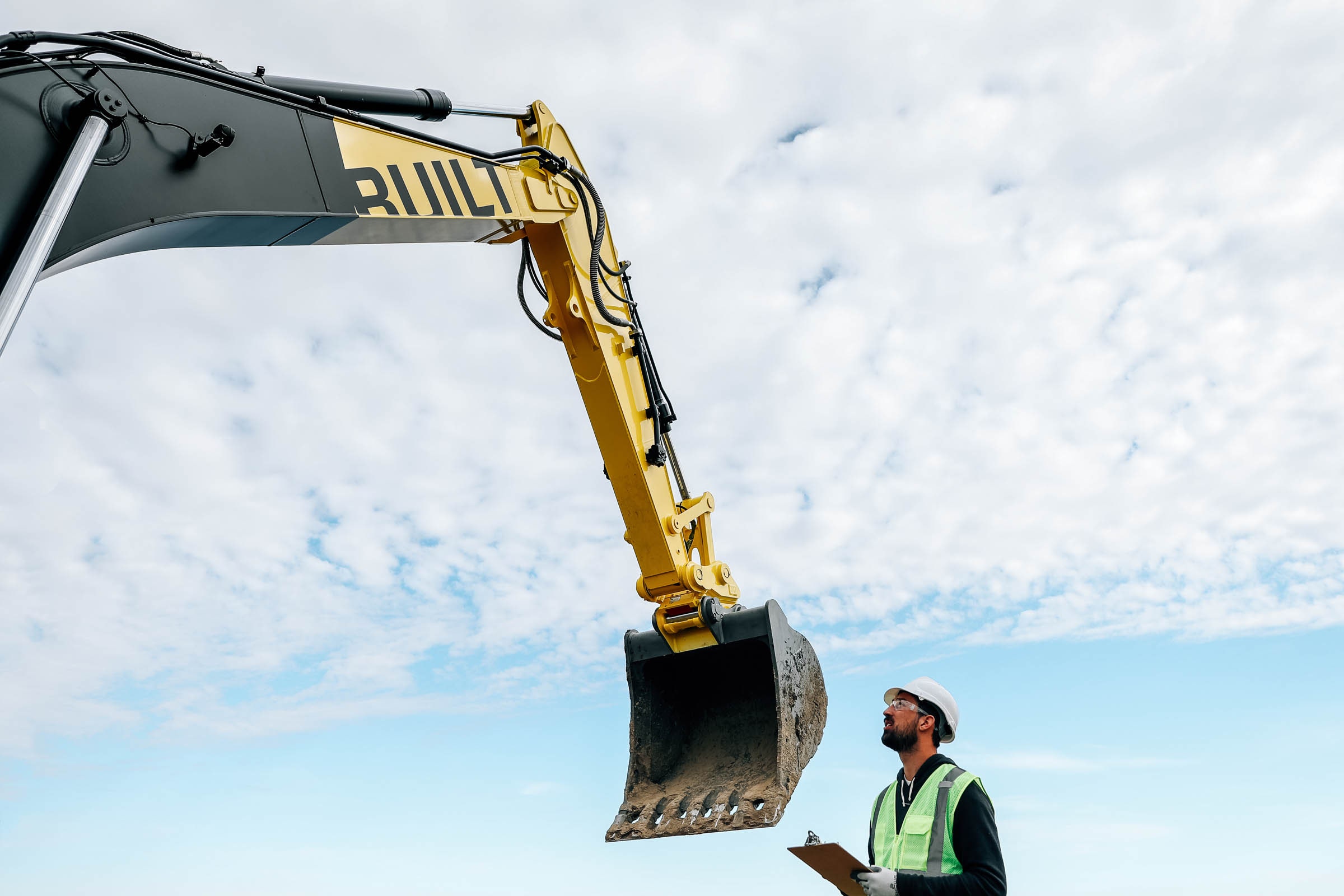
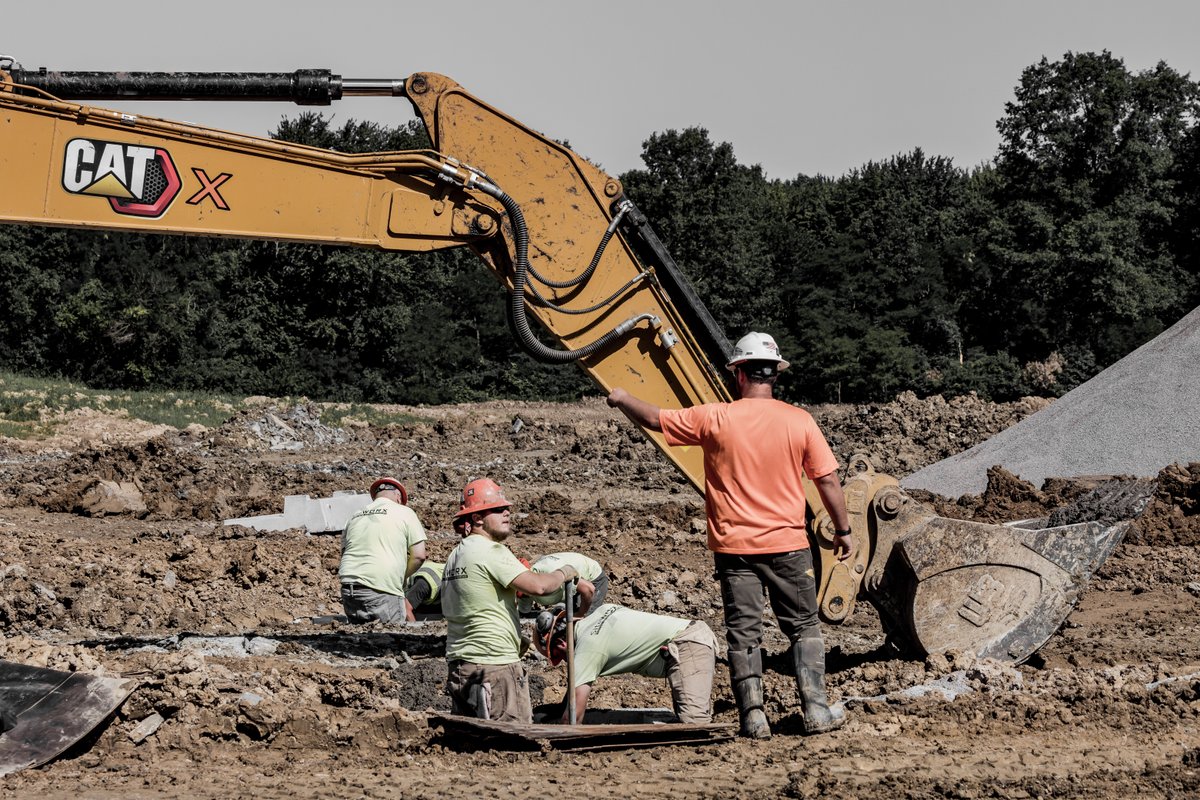
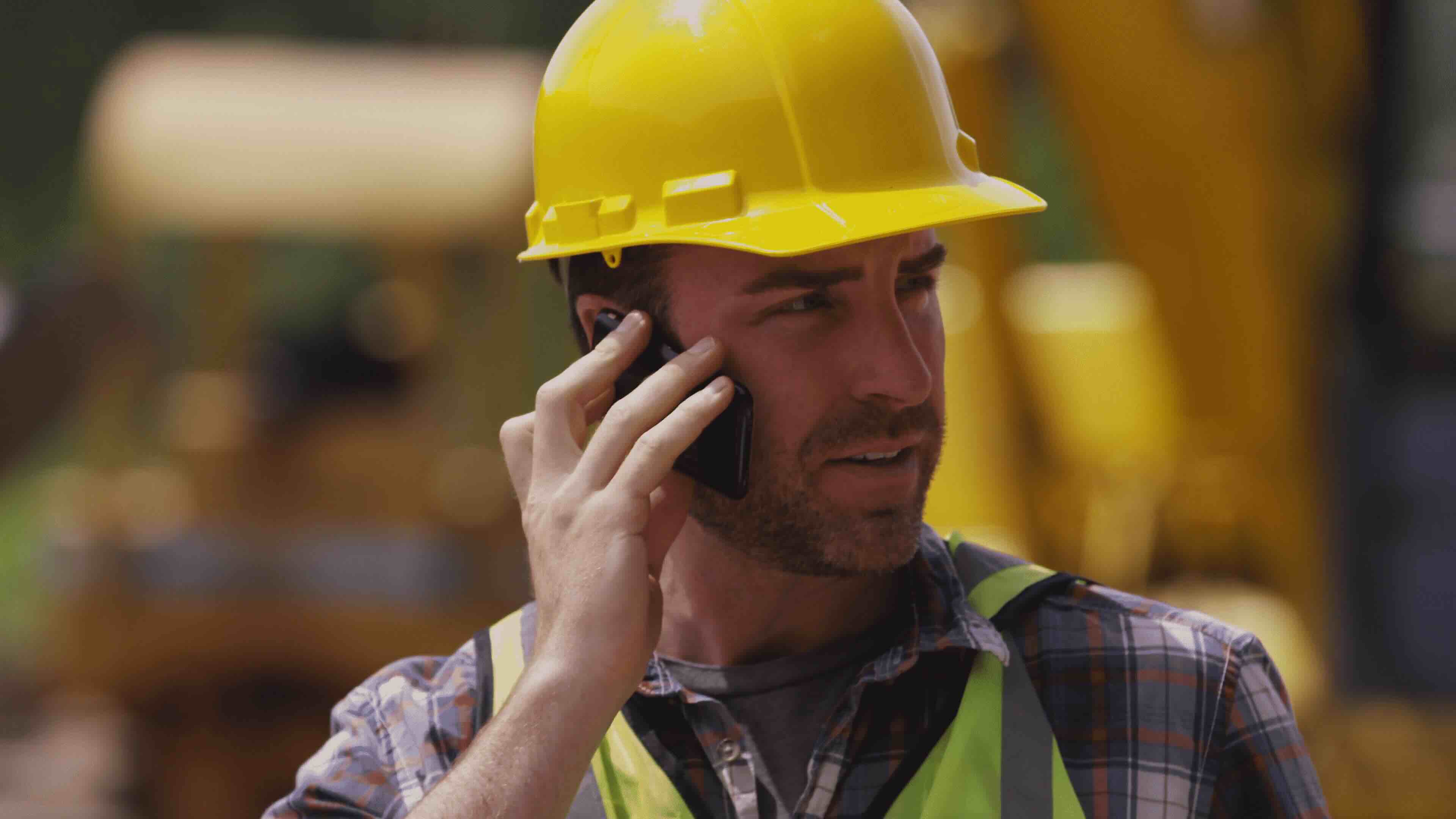
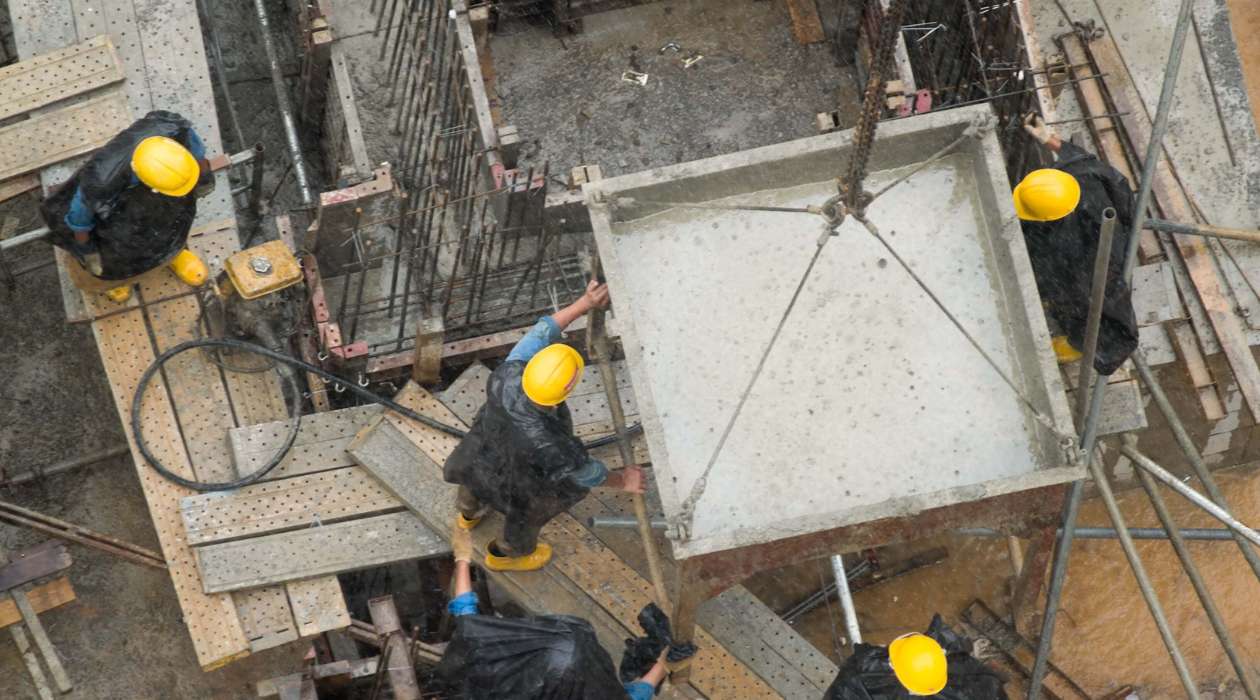
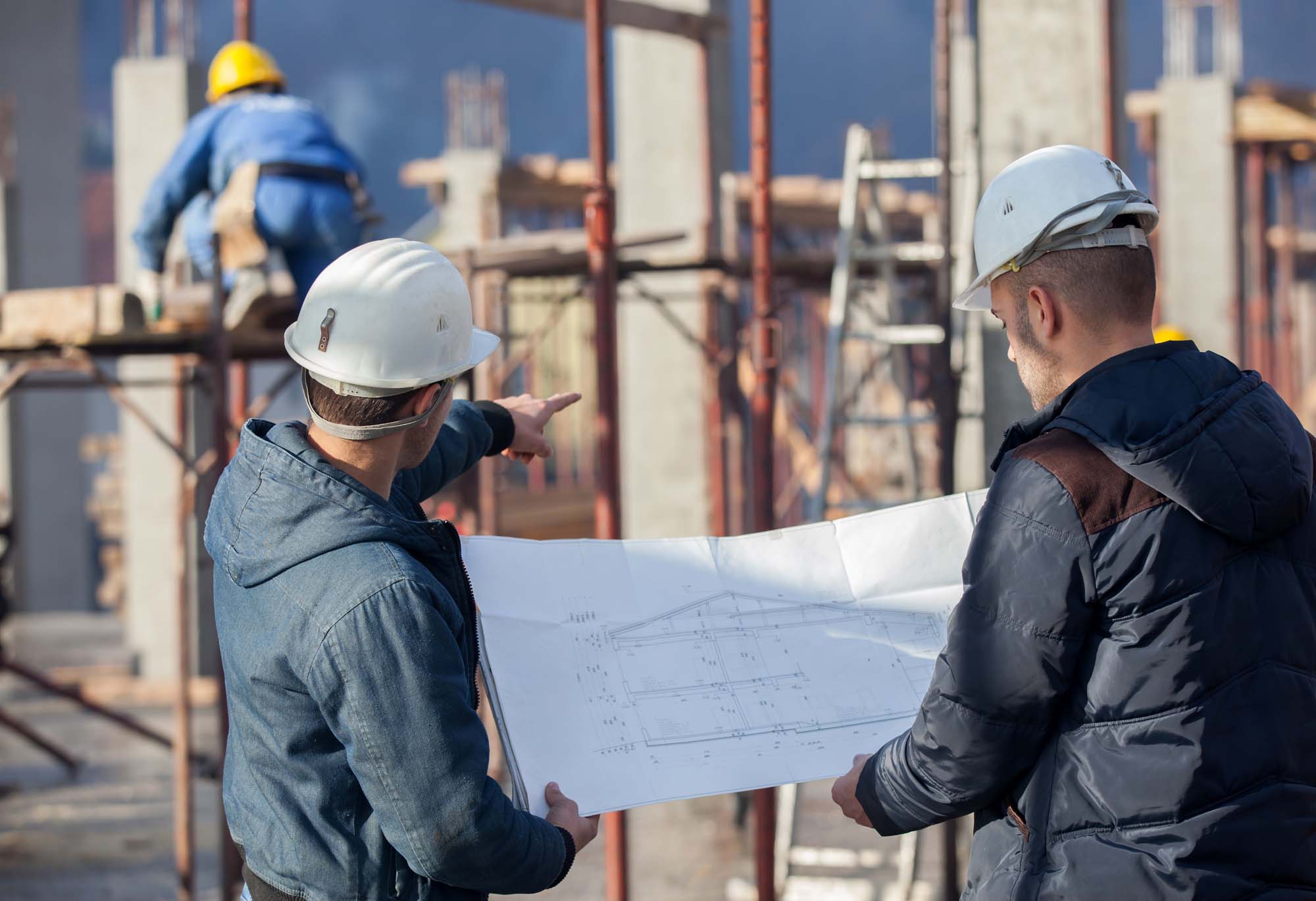

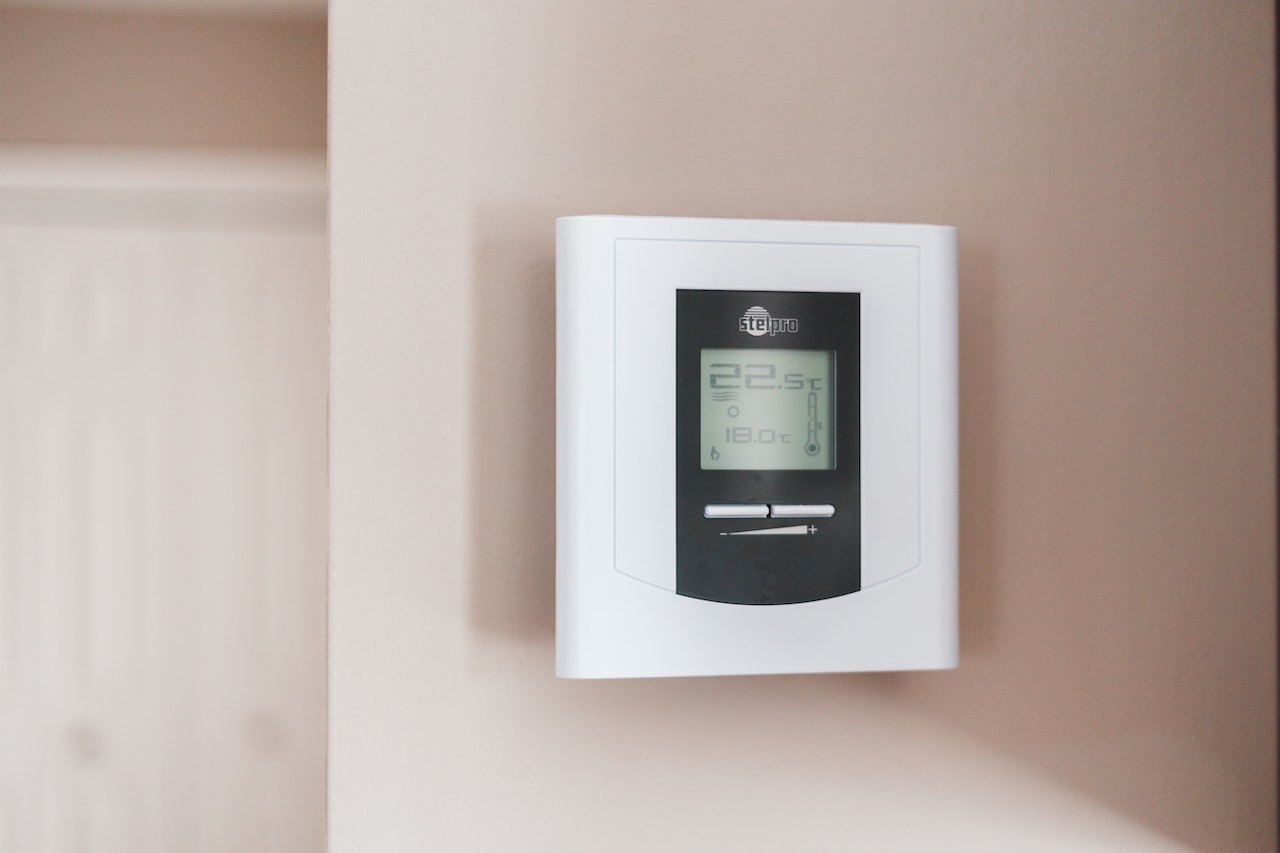
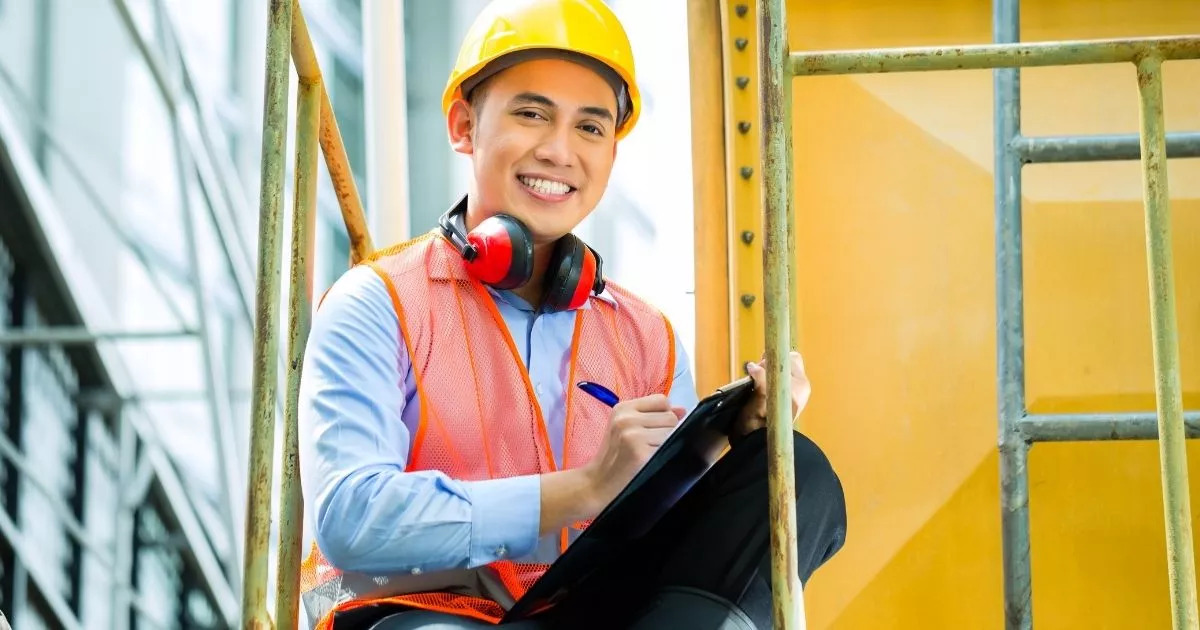




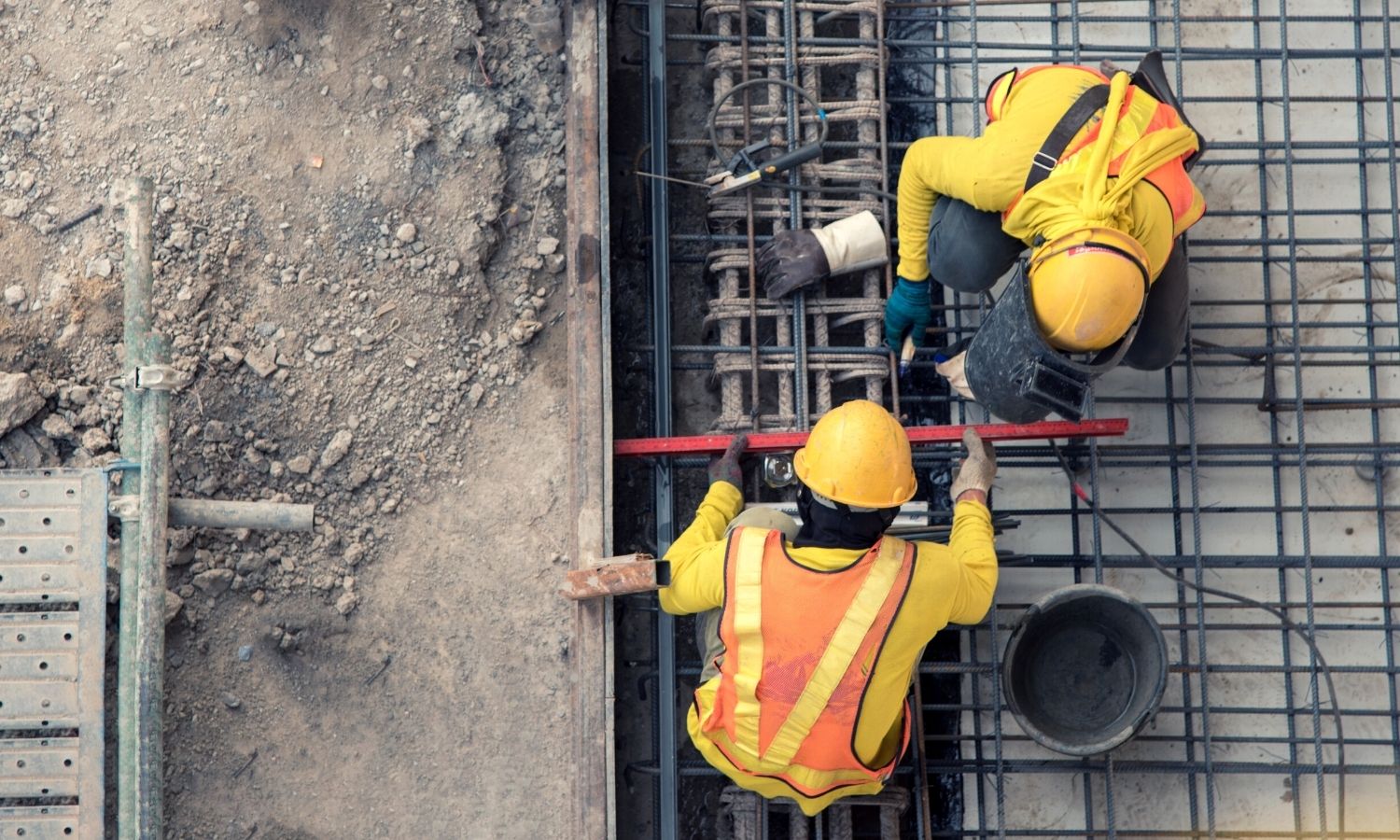

0 thoughts on “What Temperature Do Construction Workers Stop Working”